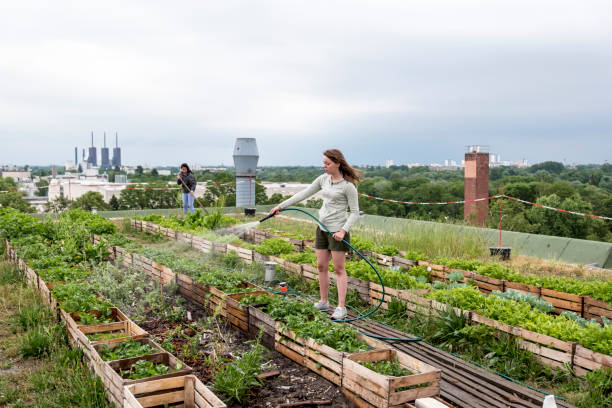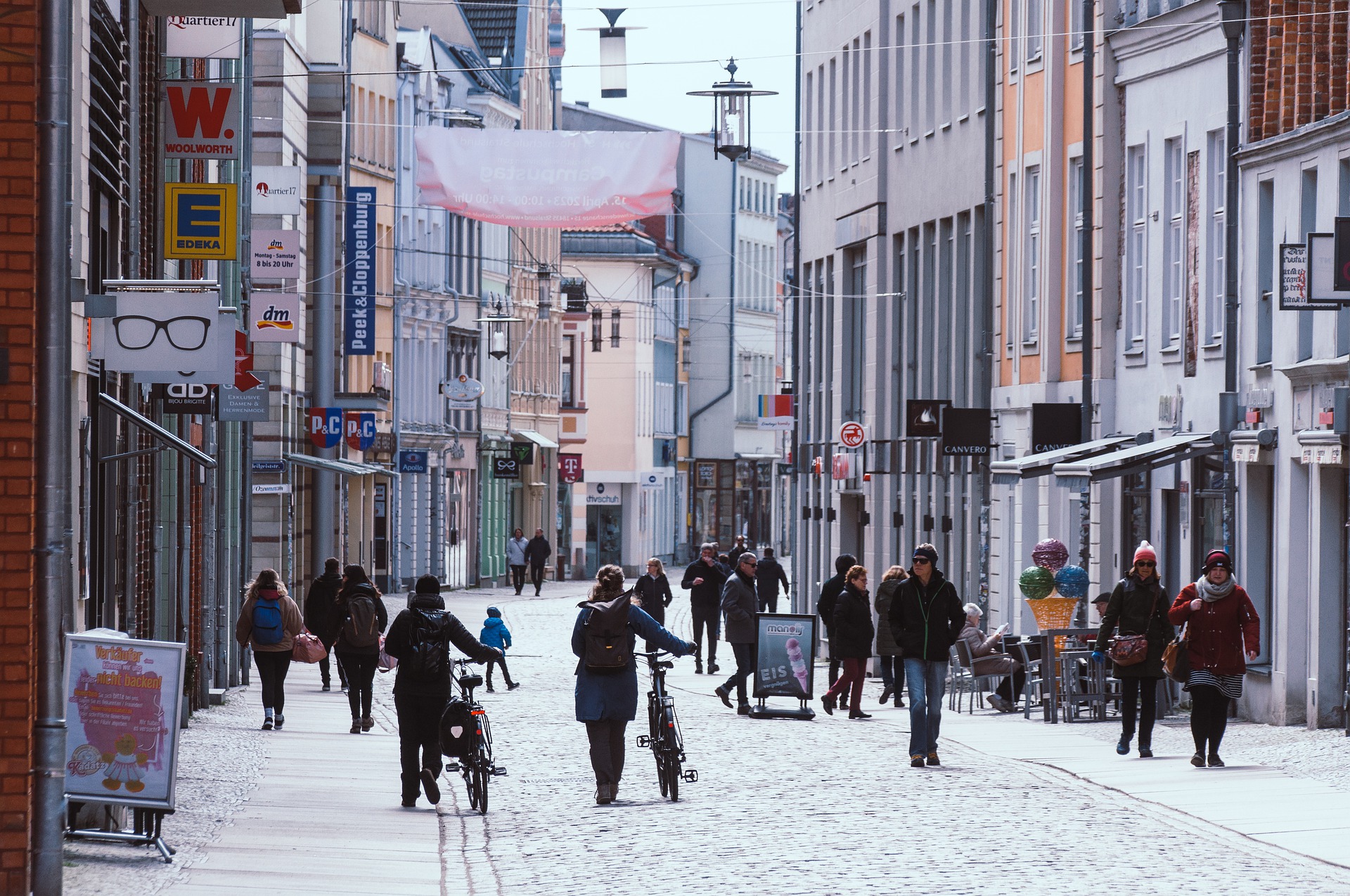Understanding the Shift Toward Urban Farming in Real Estate
Introduction: In the bustling landscapes of urban environments, an unexpected trend is gaining momentum. Urban farming, once a fringe concept, is now becoming a viable part of the real estate sector. This phenomenon offers a unique twist on traditional property investment, adding green value to the concrete jungle. Let's delve deeper into this intriguing shift to discover its impact on the real estate market.

The Emergence of Urban Farming in Real Estate
Urban farming, also known as urban agriculture, refers to the cultivation of plants and the raising of animals within and around cities. Historically, urban farming was a response to food shortages during times of crisis. However, in recent years, it has transformed into a more sustainable and socially responsible approach to urban development. This shift has seen an increase in rooftop gardens, community greenhouses, and other urban farming initiatives integrated into city infrastructure.
Current Market Trends and Financial Insights
The rise of urban farming is closely tied to the increasing demand for sustainable and locally sourced produce. A study by Nielsen found that 73% of global consumers would change their consumption habits to reduce their impact on the environment. As a result, properties that incorporate urban farming elements are becoming more attractive to both residential and commercial buyers.
Furthermore, urban farming can potentially increase property values. A study by the University of Washington found that community gardens within a 1000-foot radius of houses in Seattle increased property values by an average of $4,000.
The Potential Impact of Urban Farming on Real Estate
Urban farming presents several advantages for the real estate market. Firstly, it allows property owners to utilize unused spaces, such as rooftops or abandoned lots, effectively increasing the value of the property. Secondly, it can contribute to local food security, a factor that can enhance community appeal and drive property demand.
However, there are challenges to consider. Urban farming requires significant investment in infrastructure, and there may be regulatory hurdles to overcome. Furthermore, the long-term profitability of urban farming real estate investments remains uncertain, given the relatively new nature of this trend.
Harnessing the Power of Urban Farming
Despite the challenges, the potential benefits of urban farming are driving its integration into real estate development. Developers are beginning to see the value of incorporating green spaces into their designs, enhancing both aesthetic appeal and sustainability.
For investors, urban farming presents an opportunity to diversify their portfolios. As consumers continue to prioritize sustainability, properties that incorporate urban farming elements can offer a competitive edge in the market.
The Future of Urban Farming in Real Estate
Urban farming is more than a passing trend—it represents a shift towards sustainable and socially responsible real estate development. As this sector continues to evolve, it will be interesting to see how it shapes the urban landscapes of the future. Whether you’re a buyer, seller, or investor, understanding the potential of urban farming in real estate can help you stay ahead of the curve.






